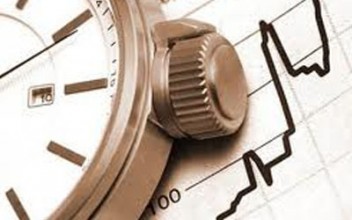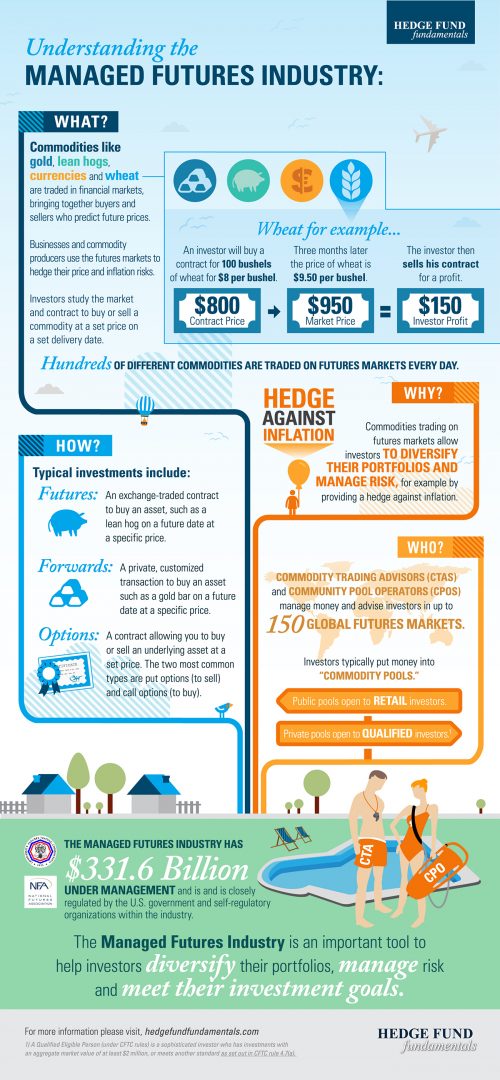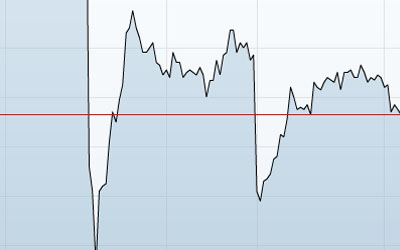With a daily trading volume of over $2 trillion a day, the spot forex market is by far the world’s biggest market. However, spot forex trading is just one part of the $5 trillion-per-day global forex market, which also includes currency derivatives such as FX swaps, forex options, and forex futures. In this series, we’ll be looking specifically at the last of these, discussing what forex futures are, and how to trade them. Before we get into the specifics of FX futures, though, we need to understand what futures are.
What are Futures?
 Futures (known formally as ‘Futures Contracts’) are used to speculate on movements in a variety of different asset classes, including stocks, bonds and commodities as well as intangible assets or reference tools such as such as market indices or interest rates. They are standardised contracts between two parties to buy an asset of standardised quality and quantity, at a specific point in the future for a price (the strike price, or futures price) that is agreed when the contract is issued.
Futures (known formally as ‘Futures Contracts’) are used to speculate on movements in a variety of different asset classes, including stocks, bonds and commodities as well as intangible assets or reference tools such as such as market indices or interest rates. They are standardised contracts between two parties to buy an asset of standardised quality and quantity, at a specific point in the future for a price (the strike price, or futures price) that is agreed when the contract is issued.
These contracts are negotiated via a futures exchange, which serves as an intermediary between the two parties involved in the contracts. The buyer of the contract is going long in expectation that the price of the underlying asset will go up over the term of the contract, while the seller of the contract is going short in expectation that the price will go down. It is effectively a wager between the two parties as to the price direction of an underlying asset or other financial instrument, with the asset (if there is one) changing hands at the end of the contract.
The purpose of the futures exchange in a futures contract is to minimize the risk of either party defaulting on the deal. It achieves this by requiring both parties to put up a ‘performance bond’ or ‘margin account’, which is a percentage of the strike price of the asset. Because the futures price will usually change on a daily basis, the difference between the agreed-upon price and the futures price is also settled daily, with the difference being taken out of one party’s margin account and placed into the other party’s account so that each has the correct daily profit or loss.
In the event that the margin account dips below a certain value, the trader involved is subject to a margin call and they have to put more money into the margin account, in a process known as ‘marking to market’. Then, on the delivery date, the amount that is exchanged is not the specified price of the contract but the spot value, which was the original value that was agreed upon, with any gain or loss having been settled by marking to market.
Unlike with an option, both parties involved with a futures contract are obliged to fulfil the contract on the delivery date. This means that the seller is obliged to deliver the underlying asset to the buyer, or if it is a cash-settled future, then cash will need to be transferred from the losing trader to the winning one. Futures can be closed out early by taking the opposite position on another futures contract with the same settlement date and underlying assets, with the difference in futures prices being counted as a profit or loss.
Tradersdna is a leading digital and social media platform for traders and investors. Tradersdna offers premiere resources for trading and investing education, digital resources for personal finance, market analysis and free trading guides. More about TradersDNA Features: What Does It Take to Become an Aggressive Trader? | Everything You Need to Know About White Label Trading Software | Advantages of Automated Forex Trading



































